Of the Fig leaf pumpkin from the cucurbit family is one of the five types of pumpkin, to which almost all of the pumpkin varieties grown worldwide can be traced back.
In contrast to most other types of pumpkin, which love a warm, rather dry, lowland climate, the fig leaf pumpkin thrives in humid high altitudes up to around 3,000 m above sea level and can also tolerate cool temperatures, but not frost. The fig leaf pumpkin is suitable for human consumption, but does not occupy a top culinary position among the pumpkins.
What you should know about the fig leaf pumpkin

The fig leaf gourd (Cucurbita ficifolia) from the gourd family (Cucurbitaceae) is one of the five types of gourd, to which almost all of the worldwide commercially grown gourds can be traced back. It owes its name to its leaves, which look very similar to the fig leaf.
The fruits are reminiscent of watermelons in appearance and in the color of their skin. With some varieties, the green peels are covered with white speckles or the peels are completely white in color. The fig leaf pumpkin is well suited for human consumption in a wide variety of possible forms of preparation, but is not one of the culinary highlights among pumpkins. The annual plant is monoecious (monoecious) like most other pumpkin varieties and, unlike its lowland counterparts, loves moist mountain air up to 3,000 meters above sea level. The pumpkin needs frequent rainfall or appropriate watering for optimal growth.
The fig leaf pumpkin is often planted as a companion plant for other vegetables because it can deter vermin from vegetables such as cucumbers and carrots. The main harvest season runs from the beginning of September to January. The fig leaf pumpkins harvested in August or early September are best suited for human consumption. Pumpkins harvested fully ripe are also often used as fodder. Like probably all types of pumpkin, the fig leaf pumpkin originally comes from countries in Central America. Since no more wild forms of this variety were found, an exact reconstruction of the origin is not possible.
The latest archaeological finds from Central America lead to the conclusion that cultivated pumpkin varieties are most likely the first human plant breeding, dating back to at least 8,000 BC. Can be traced back. In breeding, the bitter substances present in the wild forms of the pumpkin had to be extracted because they are toxic to humans and lead to serious digestive problems.
The spread to Europe, India and Asia was carried out by seafarers in the 16th and 17th centuries. The pulp of the fig leaf pumpkin has a typically sweet taste and is well suited for making a special jam called angel hair. The numerous black kernels are often used to make healthy nibbles.
Importance to health
The health significance of the fig leaf pumpkin does not lie in its primary ingredients, because carbohydrates, proteins and fats - apart from in the kernels - are only few. Calorie-conscious people can safely consume pumpkin in any preparation form until full due to its low nutritional value.
The fig leaf pumpkin, however, has so-called secondary ingredients that are relevant to health. First of all, the high mineral and vitamin content should be mentioned. The potassium content of the pulp is particularly plentiful. Potassium has a diuretic effect and therefore ensures mild dehydration. At the same time, a sufficient supply of potassium promotes a stable heart rhythm (sinus rhythm), which can be particularly relevant for people who tend to develop atrial fibrillation. The pumpkin is also important as a supplier of magnesium, iron, copper and sodium, as well as various B vitamins.
Furthermore, the orange color of the pulp suggests a high beta-carotene content. The beta-carotene is supplemented by the carotenoids lutein and zeaxanthin, which play an important role for the retina, so that a preventive effect against the occurrence of age-related macular degeneration (AMD) has even been established. Recently, the consumption of pumpkin meat has been recognized as having a beneficial effect on diabetes. Pumpkin seeds are also of particular health relevance. They contain, among other things, polyunsaturated fatty acids and are considered in naturopathy to strengthen the bladder muscles and prevent prostate enlargement.
Ingredients & nutritional values
The low content of carbohydrates, proteins and fats in the pulp leads to the very low calorific value of less than 25 kcal per 100 g, so that the fig leaf pumpkin is one of the extremely low-calorie vegetables. The special and health-relevant value of the pumpkin can be attributed to its secondary ingredients or micronutrients.
Above all, the potassium content should be mentioned with over 300 mg per 100 g of pulp. But calcium, magnesium and iron are also present in health-relevant concentrations. When it comes to vitamins, it is mainly beta-carotene, vitamin A (128 µg) and B vitamins (B1, B2, B6) as well as niacin that the fig-leaf pumpkin can score with. The content of vitamin C is only in the range of 12 mg. The pumpkin seeds contain important fatty acids such as palmitic acid, stearic acid and linoleic acid as well as vitamin E and phytosterols and phytoestrogens.
Intolerances & allergies
Little is known about food intolerance or allergies associated with the consumption of fig leaf pumpkins. The pumpkin vegetables are good and easy to digest and contain few allergens.
However, if you are aware of intolerance or allergies when consuming another vegetable from the pumpkin family, caution is advised because the symptoms can then also occur when eating the fig leaf pumpkin. Possible symptoms, which usually have a mild course, are facial redness and facial swelling. In extremely rare cases, life-threatening anaphylactic shock can also occur.
Shopping & kitchen tips
The main harvest time for fig leaf pumpkins grown north of the equator is from September to January. Because of the less great culinary importance of the pumpkin for the kitchen, it is not always offered everywhere.
The not yet fully ripened pumpkins, which can be found on the weekly markets from late August or early September, are ideal for direct consumption. The pulp then has a better taste of its own with a slightly nutty note. When buying, you should make sure that the shell is intact and that a small piece of the stem is still present, because a broken stem can act as a gateway for possible pathogens.
Unripe pumpkins can only be stored for a few days, while mature specimens can be kept and fresh for months at temperatures between around 10 and 14 degrees. The preparation of the pulp is very easy, the pumpkin is cut up and peeled and the inner fibrous flesh, in which the seeds are located, can be scraped off with a spoon. Fear meat and kernels can then be further processed separately.
Preparation tips
The pulp can be cooked or steamed as a vegetable side dish or in a pureed state for the preparation of a soup. The sweet pulp of the fig leaf pumpkin is also great for making jam. A special delicacy is the jam called angel hair, which can be made in a relatively complex process using lime and orange juice, ginger and preserving sugar.

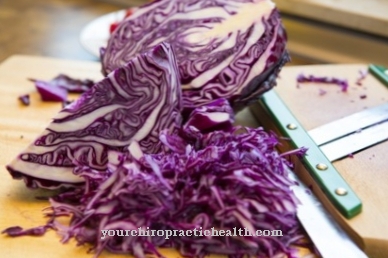
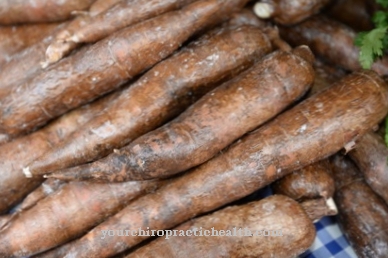
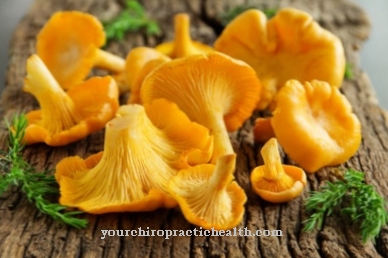
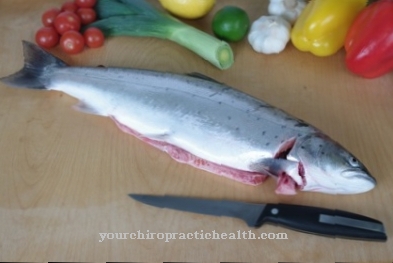
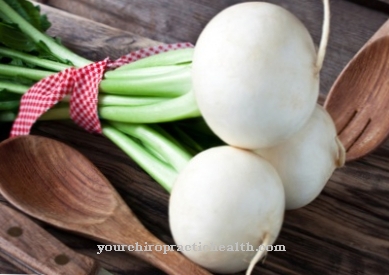



















.jpg)

.jpg)
